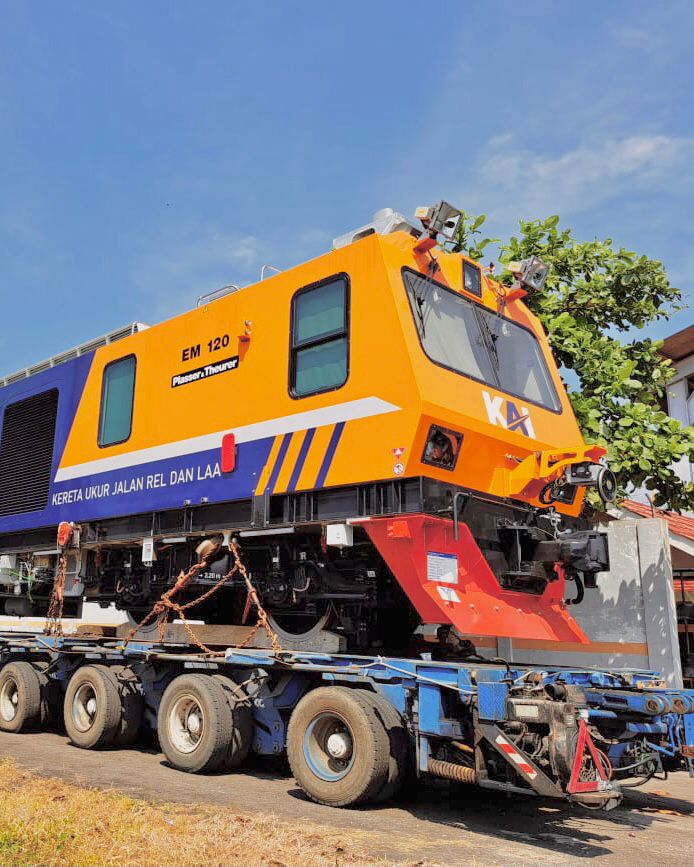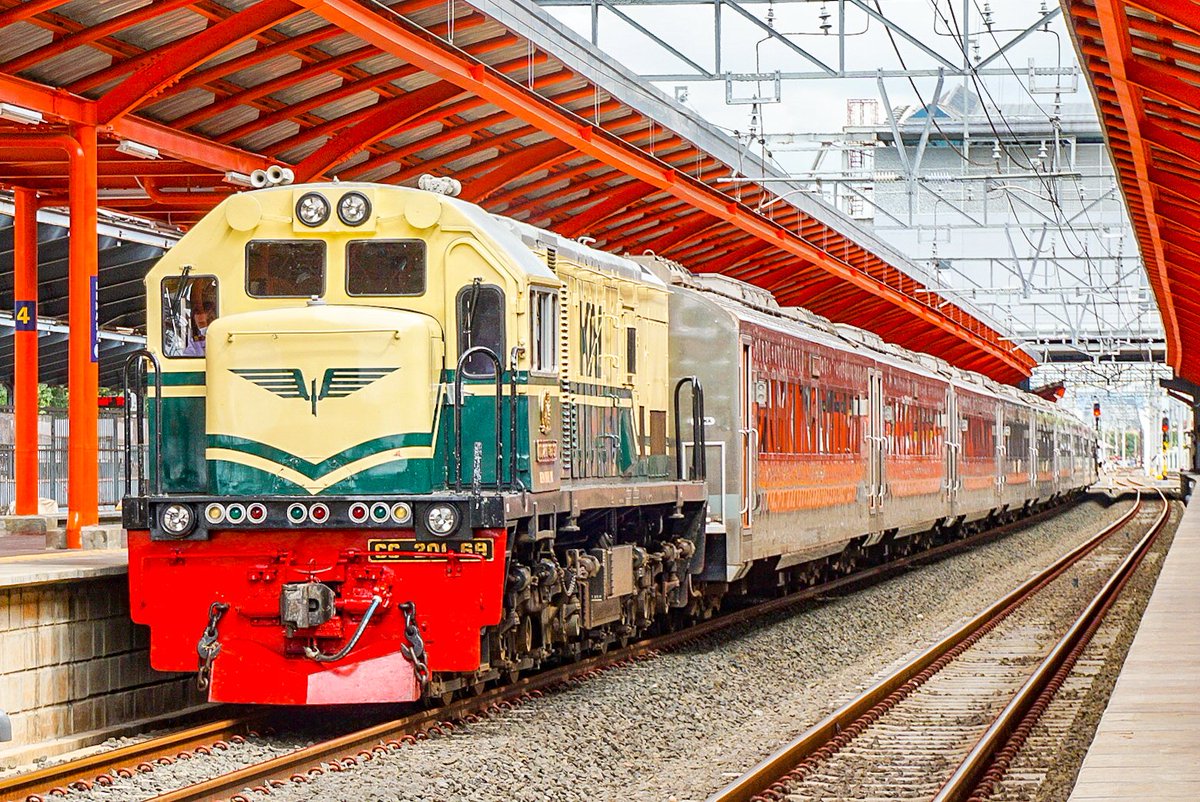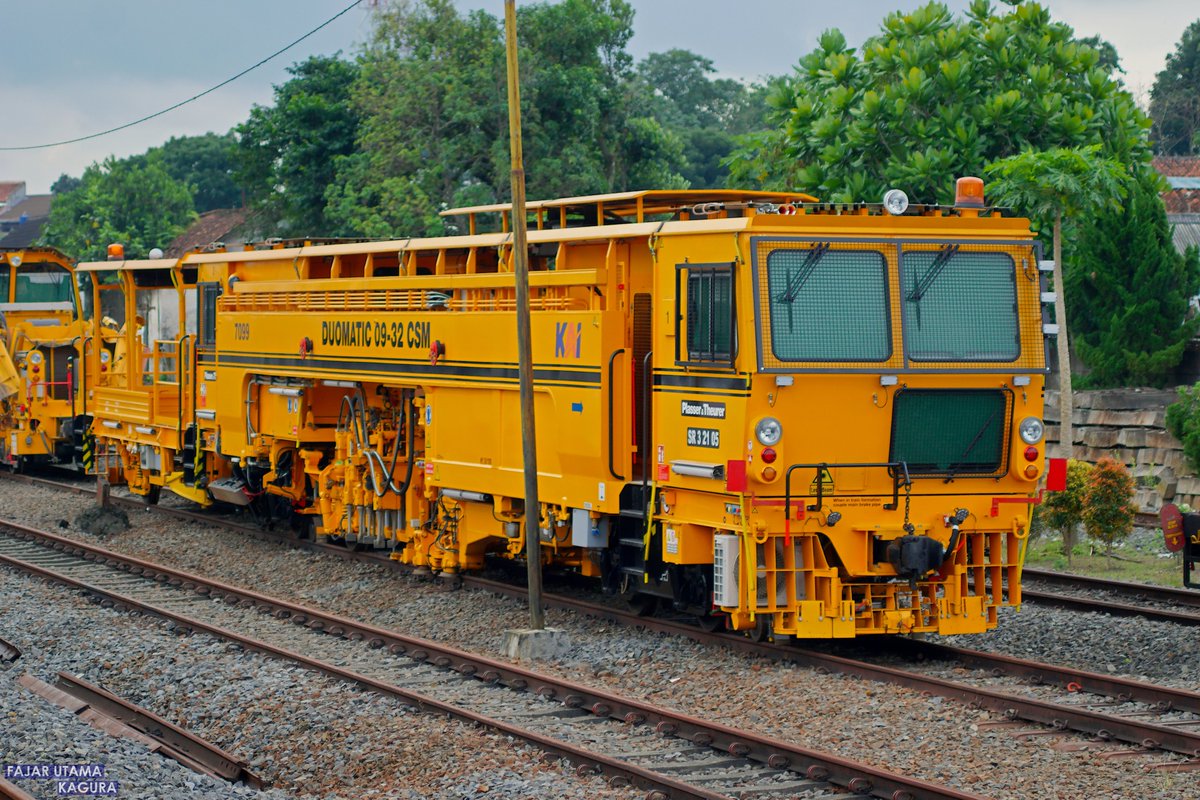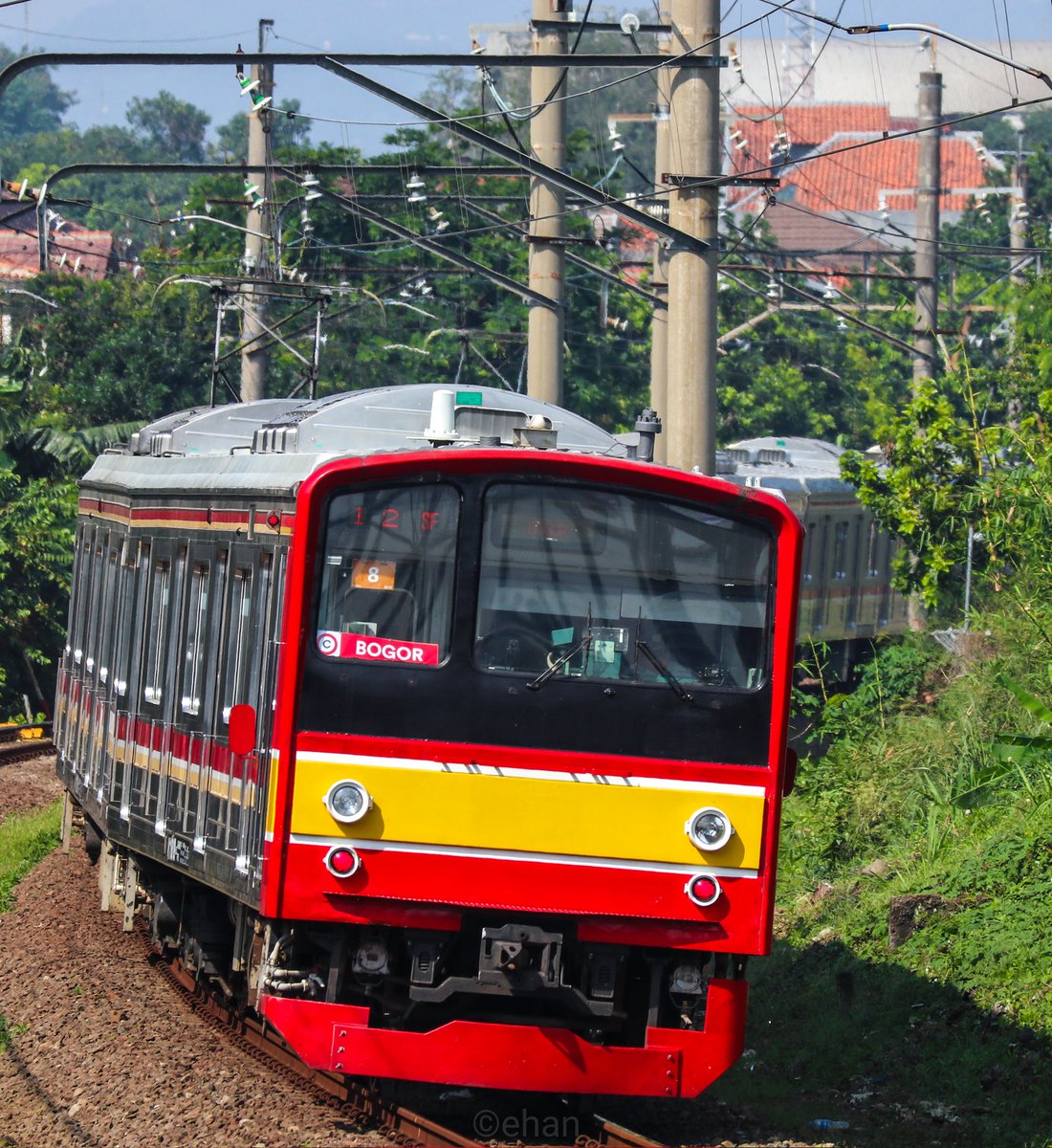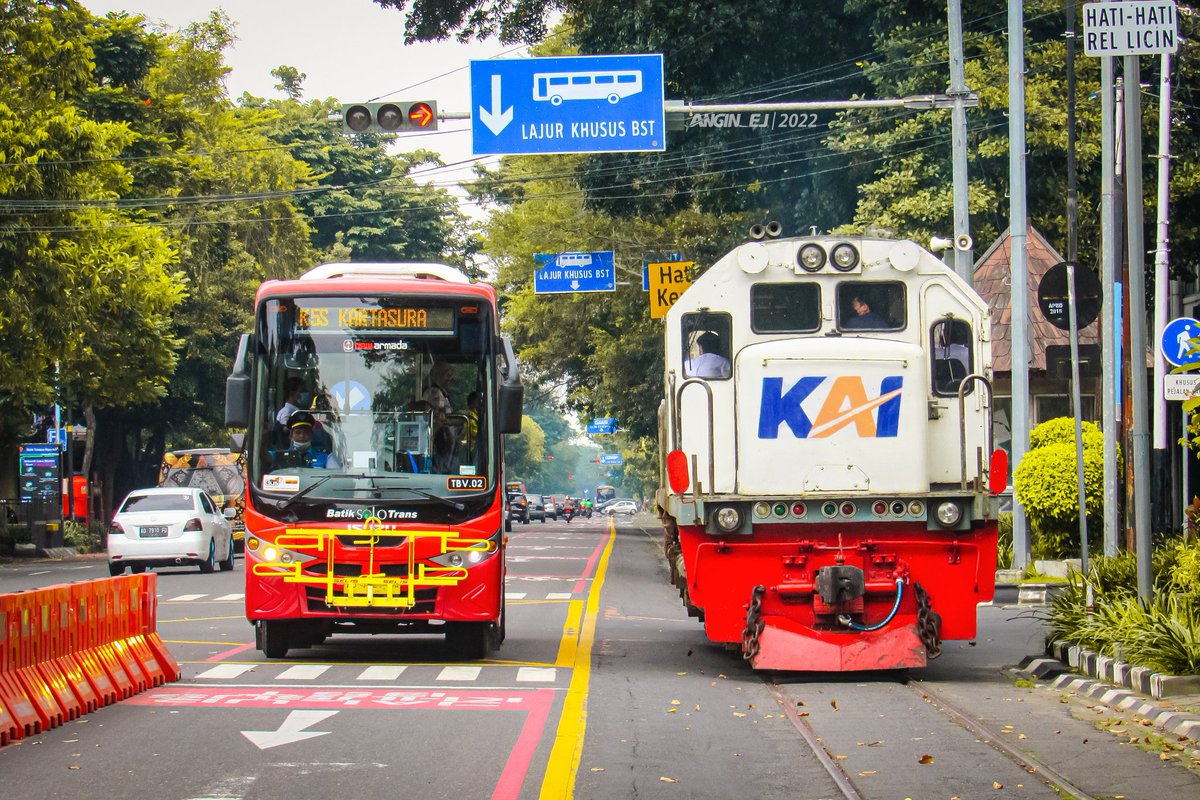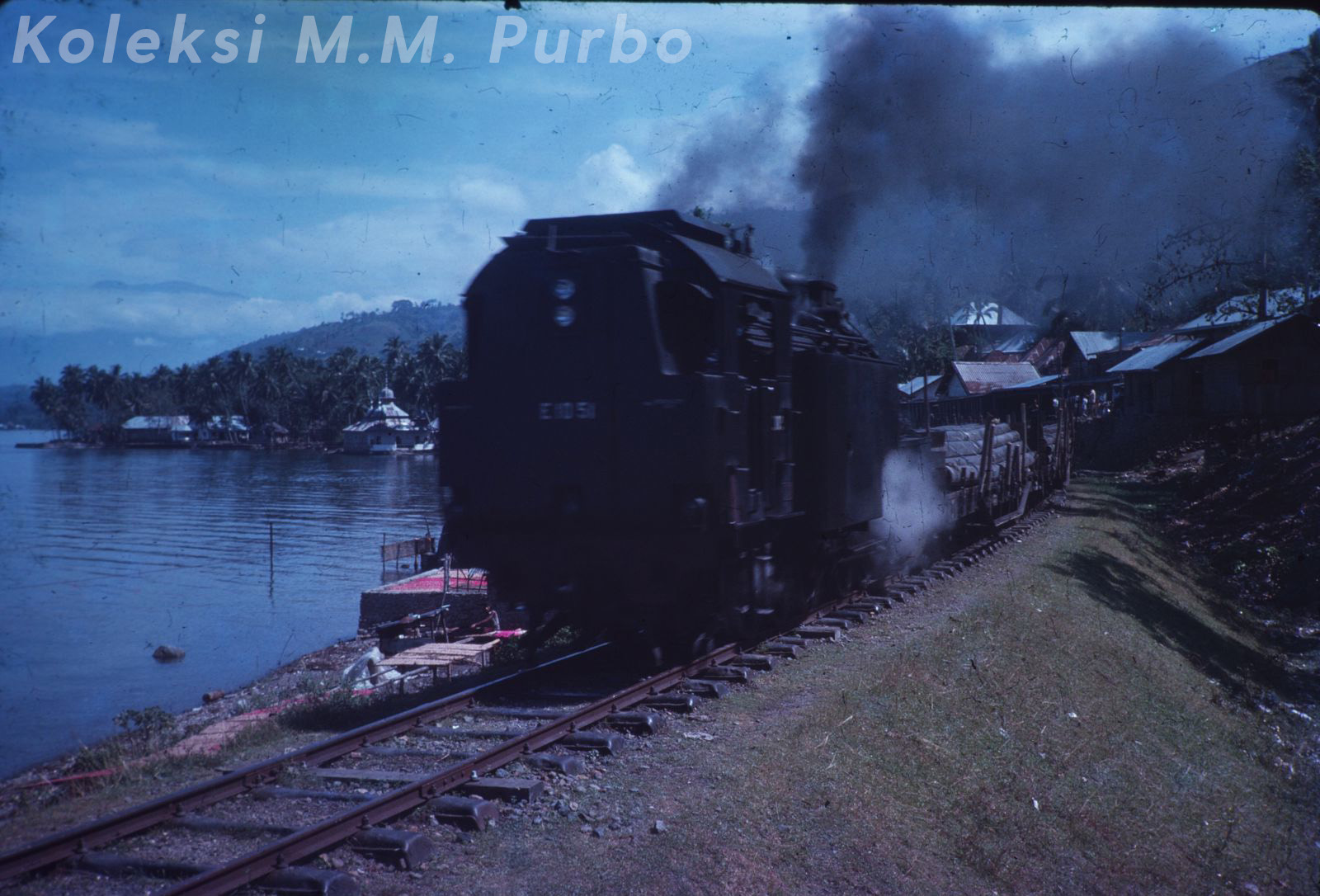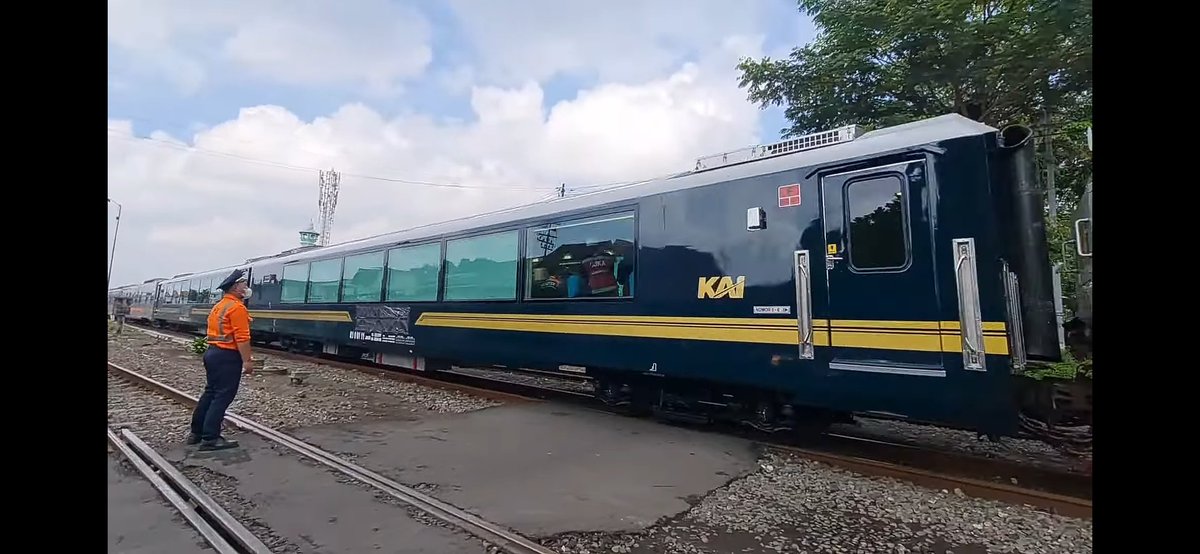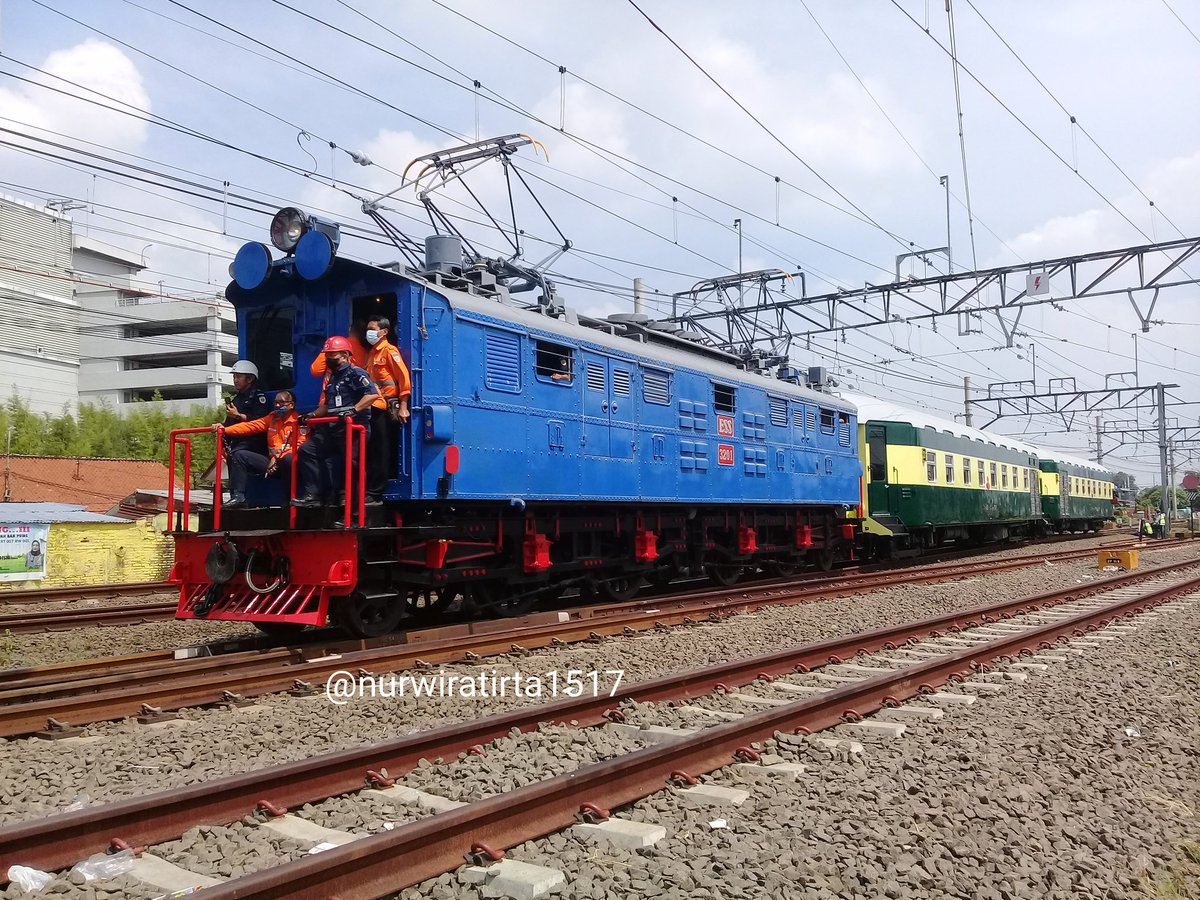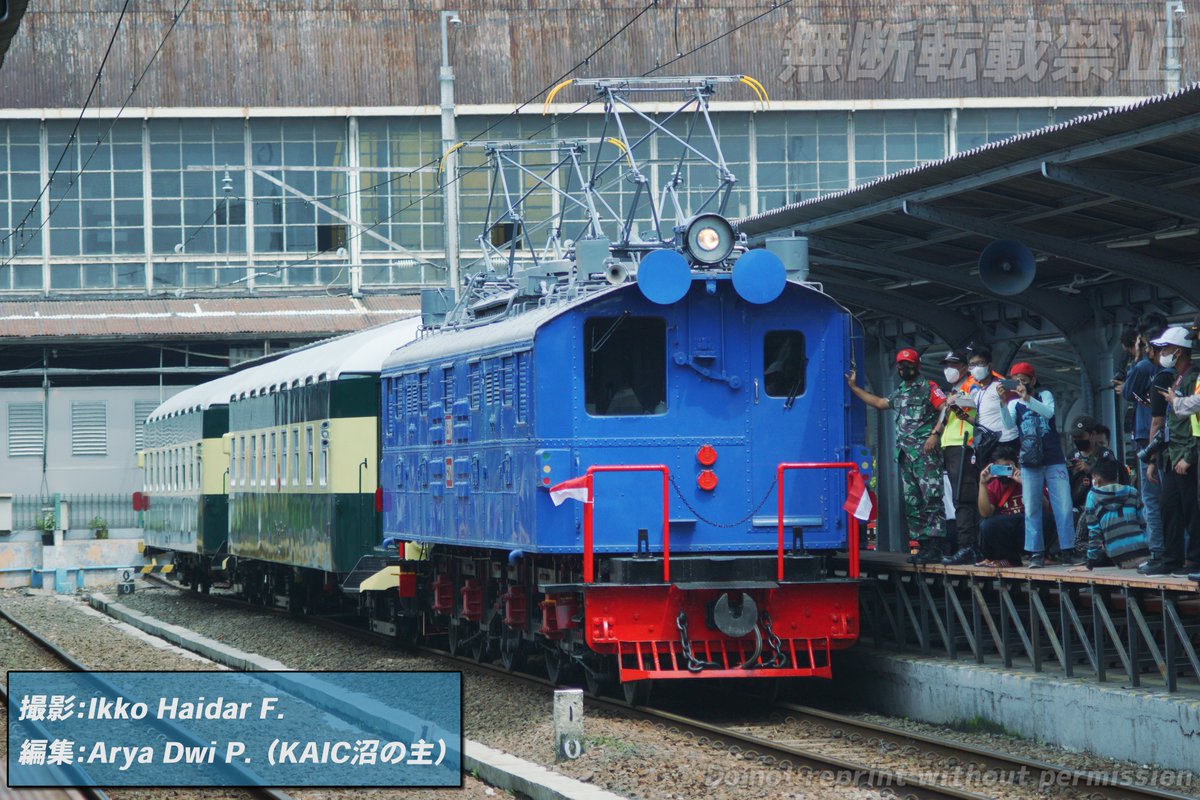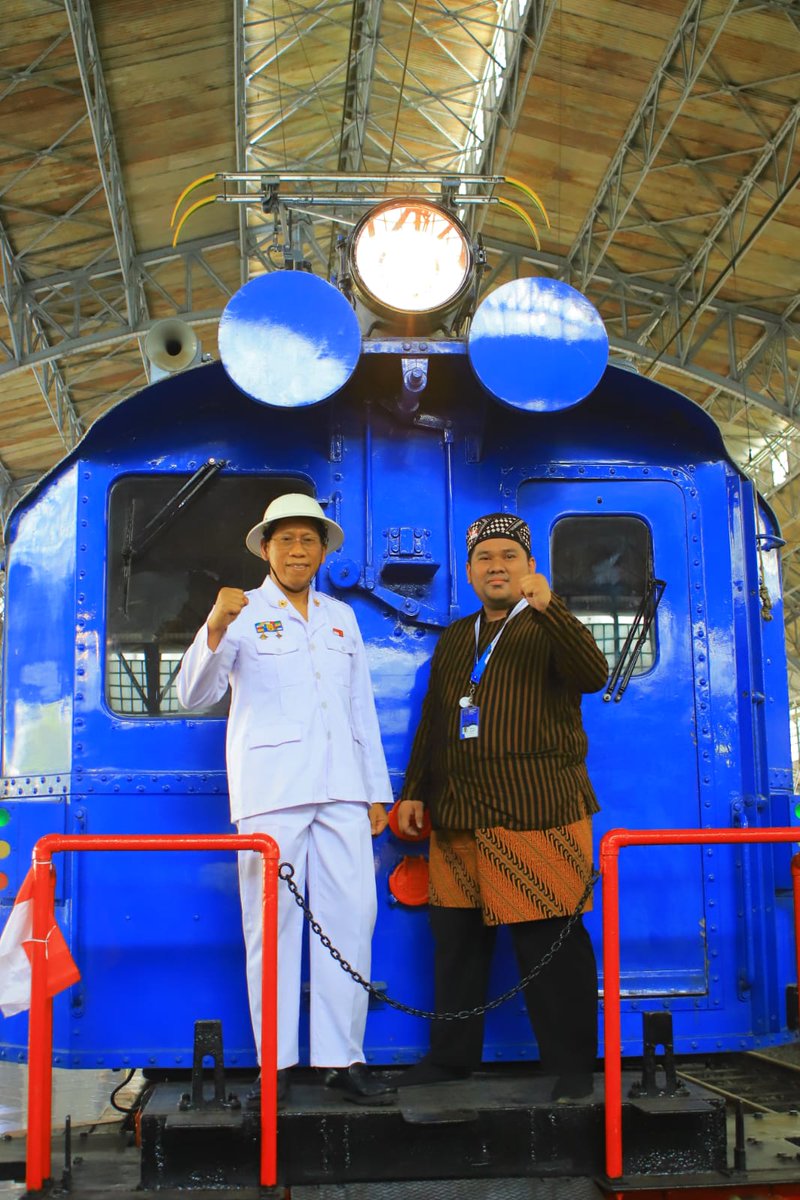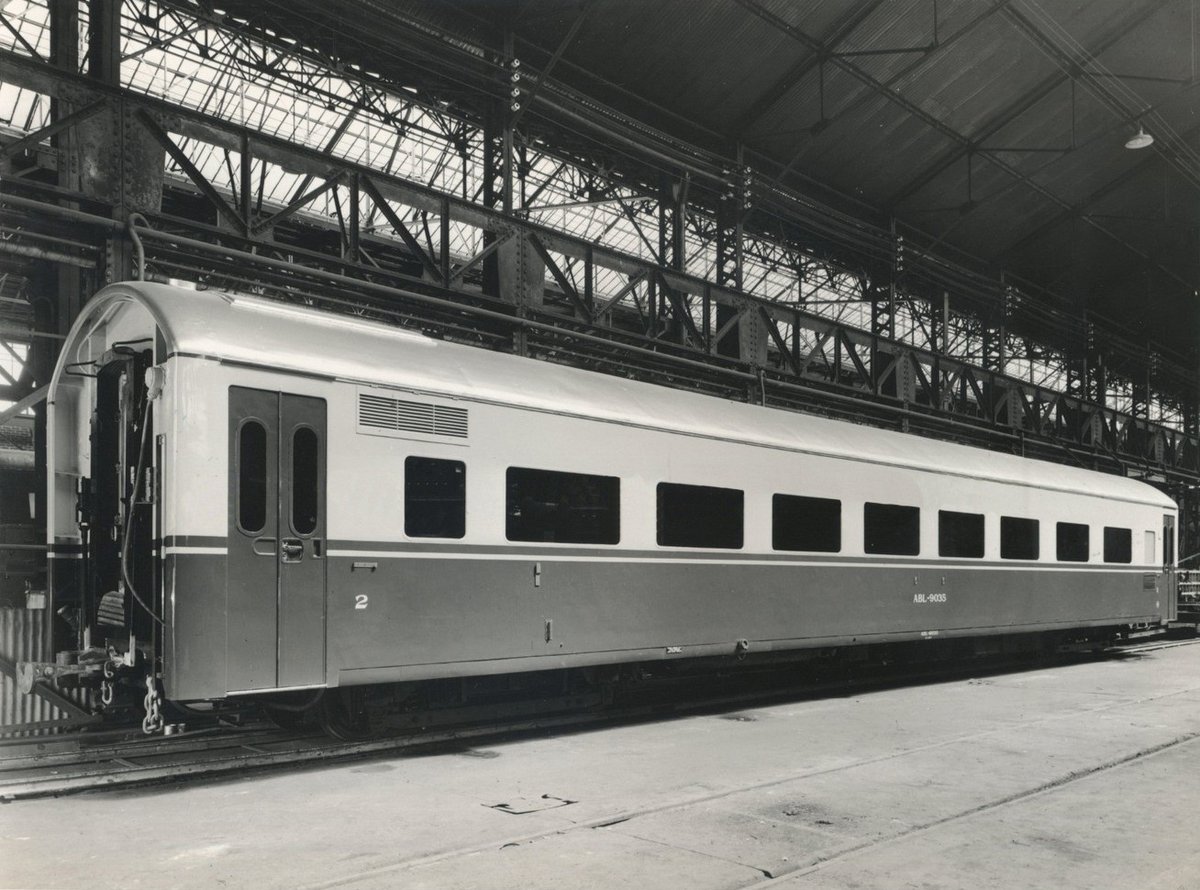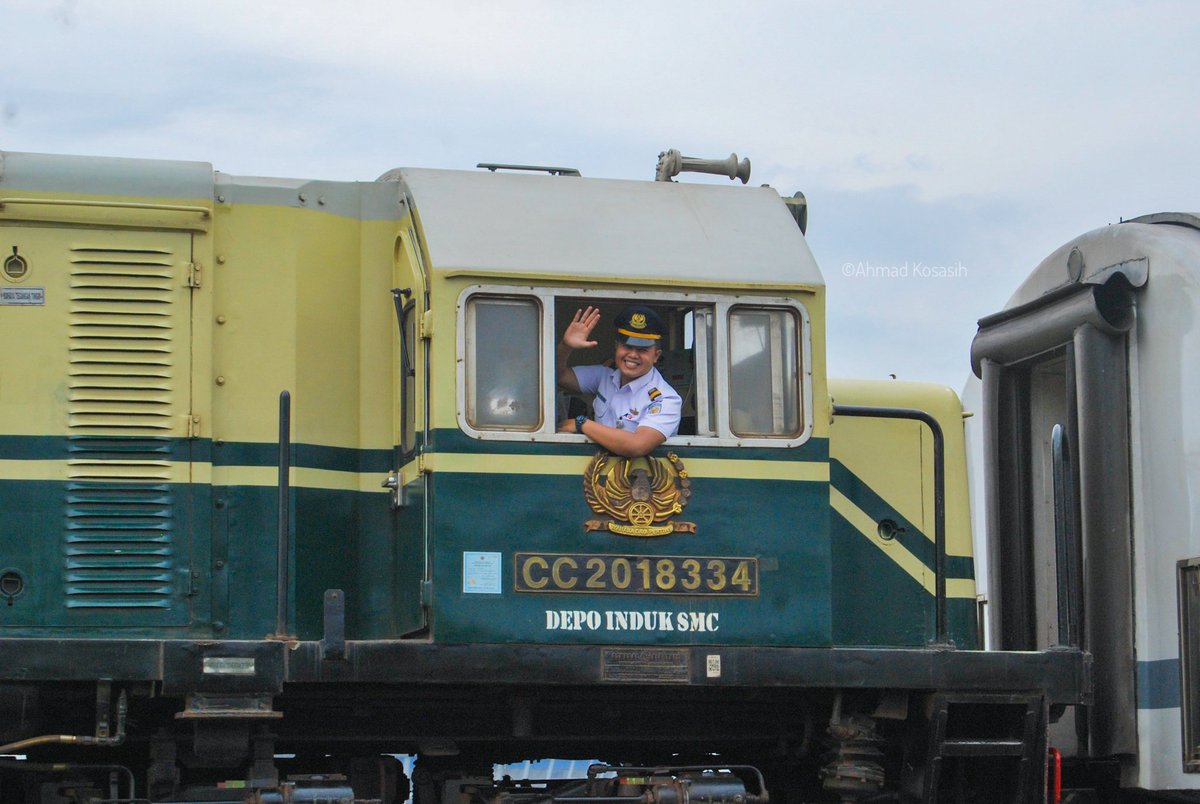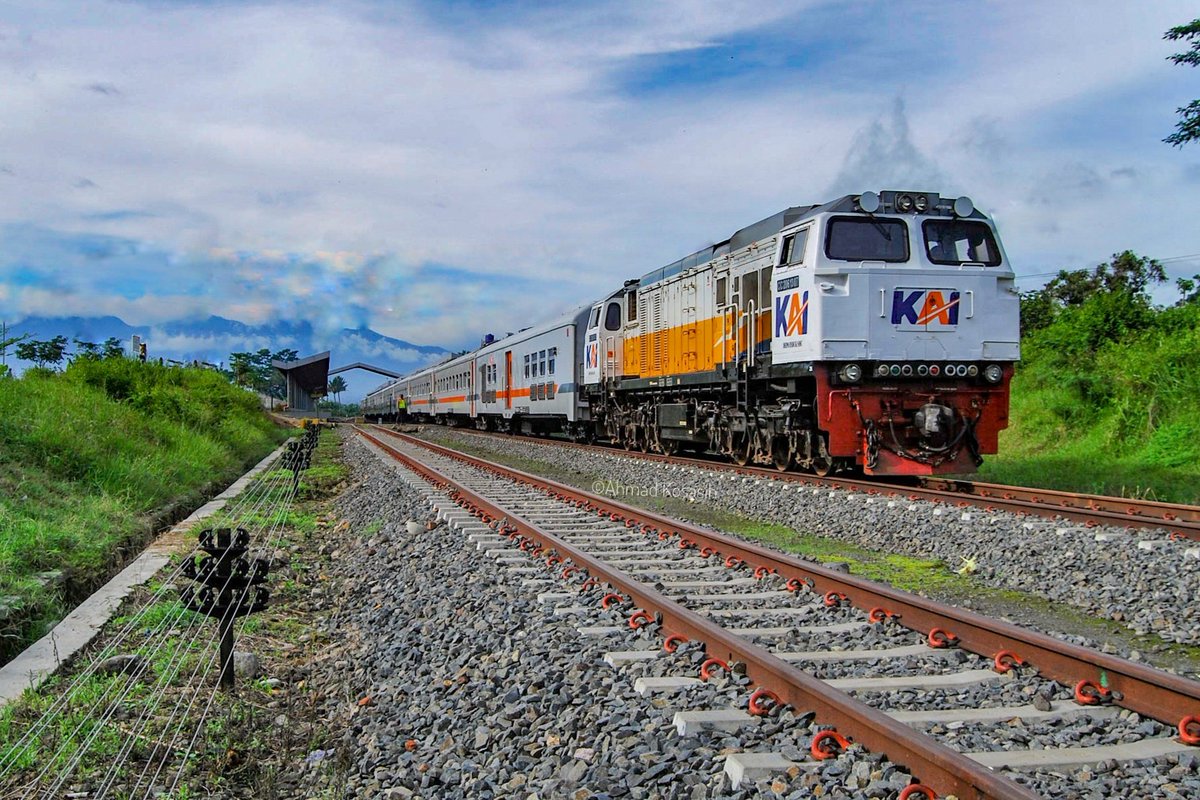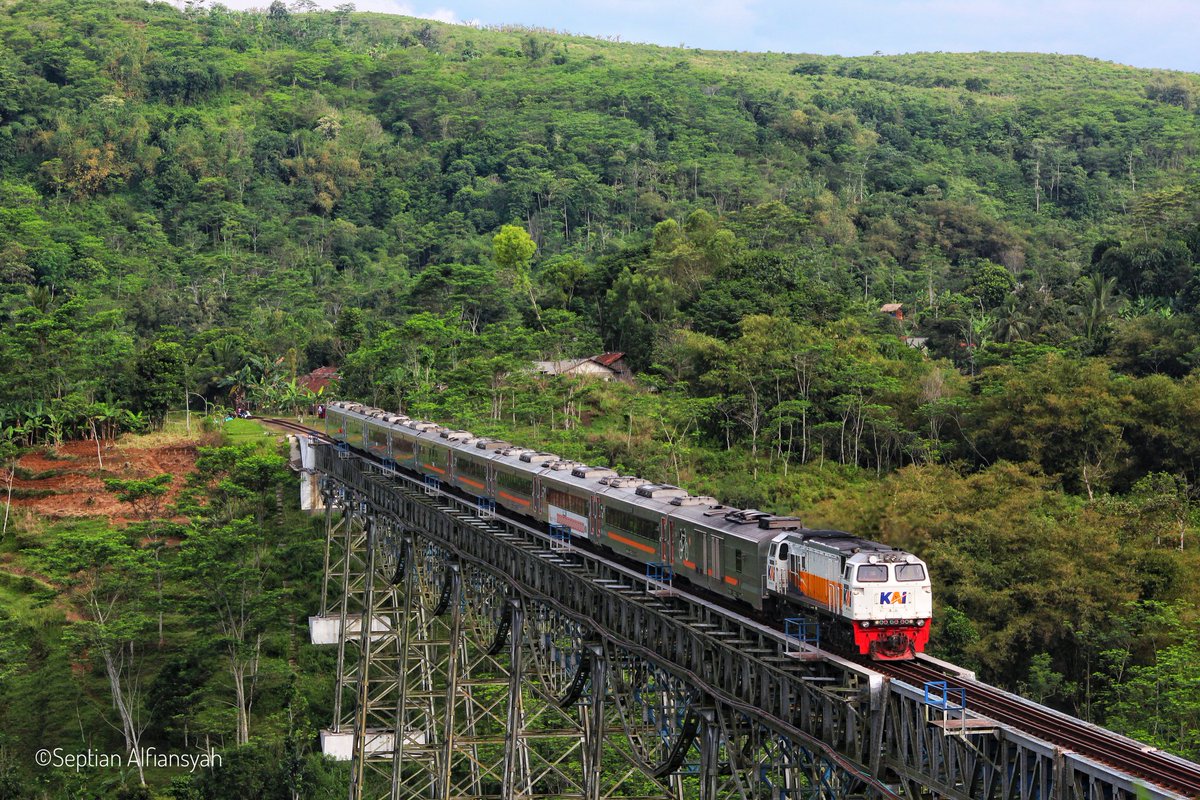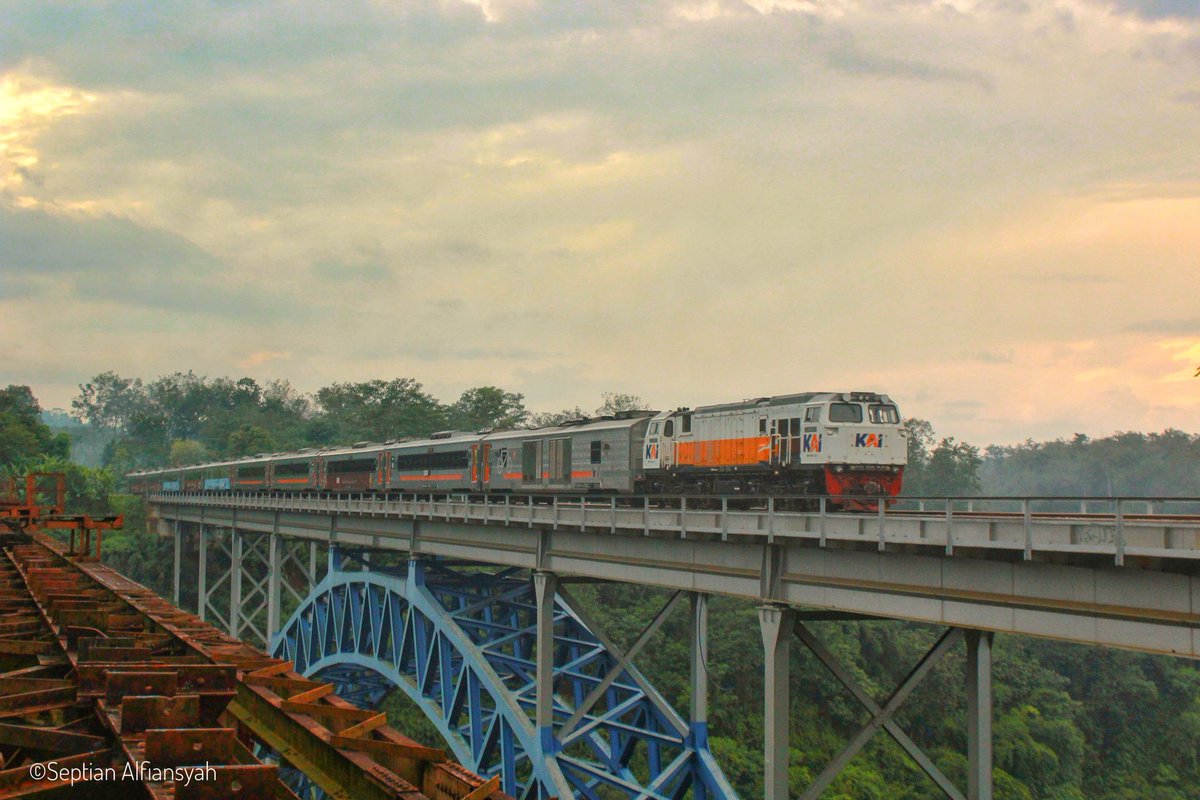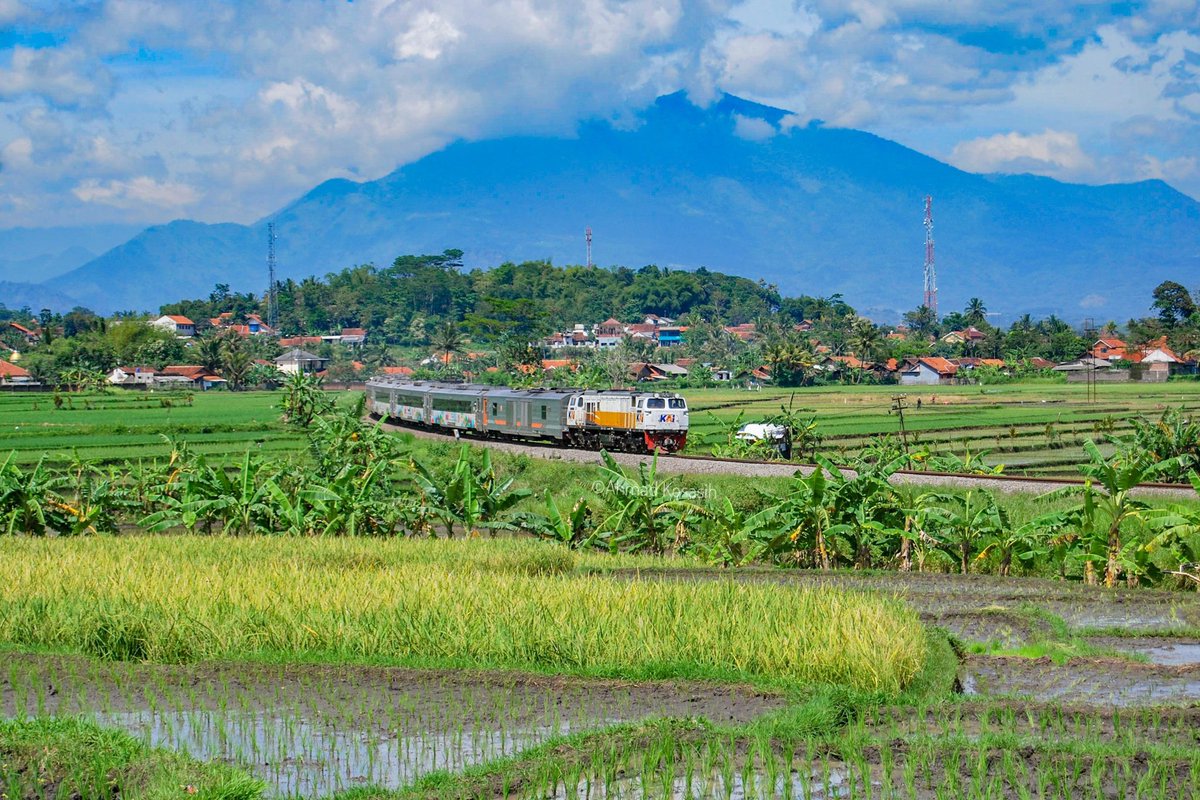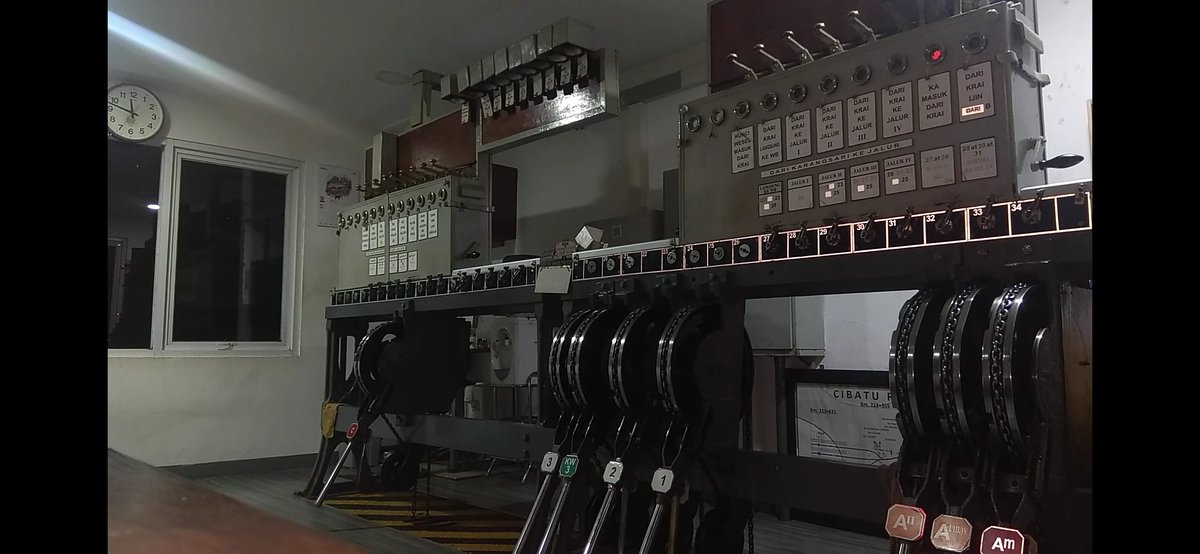Speaking about history:
This is the picture that shows the interior of "A" signal box of Cibatu station, which is from the video taken by Mr. Ahmad Kosim (one of the signalman of Cibatu station). While this station is still using Siemens & Halske mechanical signal as of November 18th, 2022, but actually these signals were installed in 1982 to replace the aging Krian-type roundel signals (known in Indonesia as "
sinyal tebeng tipe Krian"), which was unfortunately happens when Mt. Galunggung erupts and caused widespread casualties around there (primarily Garut and Tasikmalaya).
As shown in the picture, there are several handles for operating signals and turnouts:
1. AII (red label) : home signal (upper semaphore), intended for trains heading to Warungbandrek or Pasirjengkol and passes through track #2 (straight track a.k.a
sepur lurus)
2. AI/III/IV (red label) : home signal (lower semaphore), which is generally the same with AII but for trains that enters track #1, #3 or #4 (diverge track a.k.a
sepur belok)
3. Am (red label) : distant signal for trains heading to Warungbandrek or Pasirjengkol
4. C (red label) : starter signal for trains heading to Karangsari
5. 1 (white label) : for turnout #1
6. 2 (white label) : for turnout #2
7. 3 (white label) : for turnout #3
8. KW3 (green label) : possibly for locking turnout #3 (?)
In another video uploaded by the same person (but taken in 2018), there was another handle with green label and having "KW2" written on it, and was placed between "1" and "2". But it seems that it was removed sometimes between 2018 and 2022 for unknown reason (possibly technical reason).
And this is the video that shows how Mr. Ahmad Kosim operates the signal and turnouts from "A" signal tower :
Cheers,
Arya.


